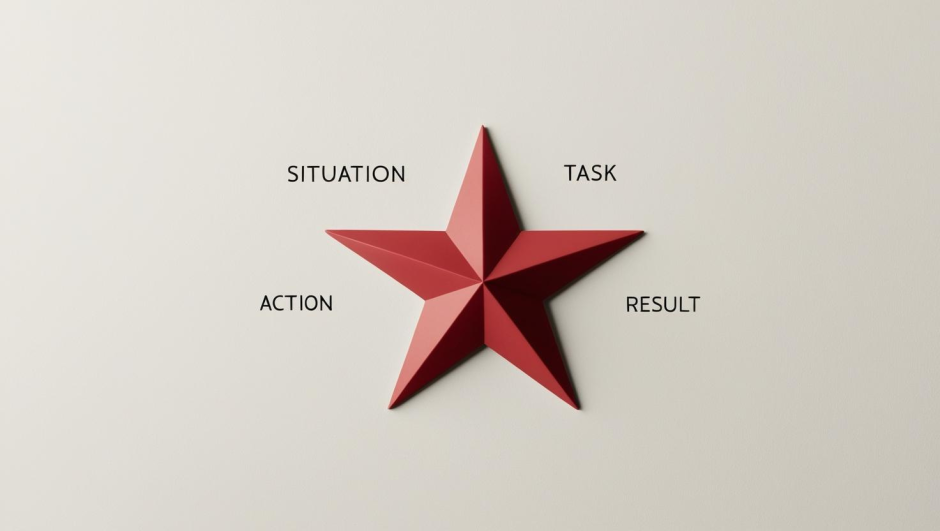WMI STAR Interviewee Tips
Posted on 15 January 2025

The STAR method (Situation, Task, Action, Result) is a powerful framework to structure responses in behavioral interviews. Here are some tips to excel as an interviewee when using this technique:
1. Choose the Right Examples
- Relevance: Select examples that align with the job description and required competencies.
- Impact: Highlight situations where your actions led to measurable results.
- Variety: Use examples from different roles or projects to show a broad range of experience.
2. Be Clear and Concise
- Avoid rambling. Keep each part of STAR concise while providing enough detail to convey the context.
- Aim to answer in 1.5–3 minutes per question. Practice timing your responses.
3. Emphasize Your Role
- Even when discussing teamwork, focus on your individual contributions.
- Use "I" instead of "we" to showcase your actions and decision-making.
4. Start Strong with Context
- Situation: Set the stage quickly by describing the background.
- Example: "While working as a project manager, I was tasked with overseeing a delayed construction project for a client in the commercial real estate sector."
- Avoid unnecessary details that don’t add value.
5. Focus on Your Goals
- Task: Clearly state what needed to be accomplished.
- Example: "The objective was to bring the project back on schedule while maintaining quality and budget."
6. Be Detailed About Your Actions
- Action: This is the core of your answer—describe exactly what you did.
- Example: "I restructured the workflow, negotiated expedited material delivery with suppliers, and implemented a new progress-tracking system to monitor milestones."
- Highlight specific skills (technical or soft) that you applied.
7. Quantify Your Results
- Result: End on a high note by showcasing the outcome.
- Example: "As a result, we completed the project two weeks ahead of the revised schedule, saved 10% on costs, and received excellent client feedback."
- Use numbers, percentages, or qualitative feedback to make the result more compelling.
8. Tailor to the Job
- Research the role and industry to anticipate questions.
- Frame your examples to match the competencies valued by the company (e.g., leadership, problem-solving, adaptability).
9. Anticipate Follow-Up Questions
- Be prepared to elaborate if the interviewer asks for more details.
- Practice explaining why you took certain actions or what you learned from the experience.
10. Practice, Practice, Practice
- Write out STAR responses to common questions.
- Rehearse with a friend, mentor, or in front of a mirror.
- Consider mock interviews to get feedback on delivery and content.
Example STAR Response
Question: "Tell me about a time you resolved a conflict within your team."
• Situation: "In a project to install a new HVAC system, two team members disagreed over design priorities—one prioritized energy efficiency, while the other focused on cost savings."
• Task: "I needed to mediate the conflict and ensure the project stayed on track without compromising either goal."
• Action: "I organized a meeting to hear both perspectives, analyzed data on the cost-effectiveness of energy-efficient designs, and proposed a compromise: selecting a solution that balanced both priorities. I also clarified roles to reduce future disagreements."
• Result: "The team aligned on the decision, the project met all deadlines, and the client was impressed with the system's balance of efficiency and cost-effectiveness."



